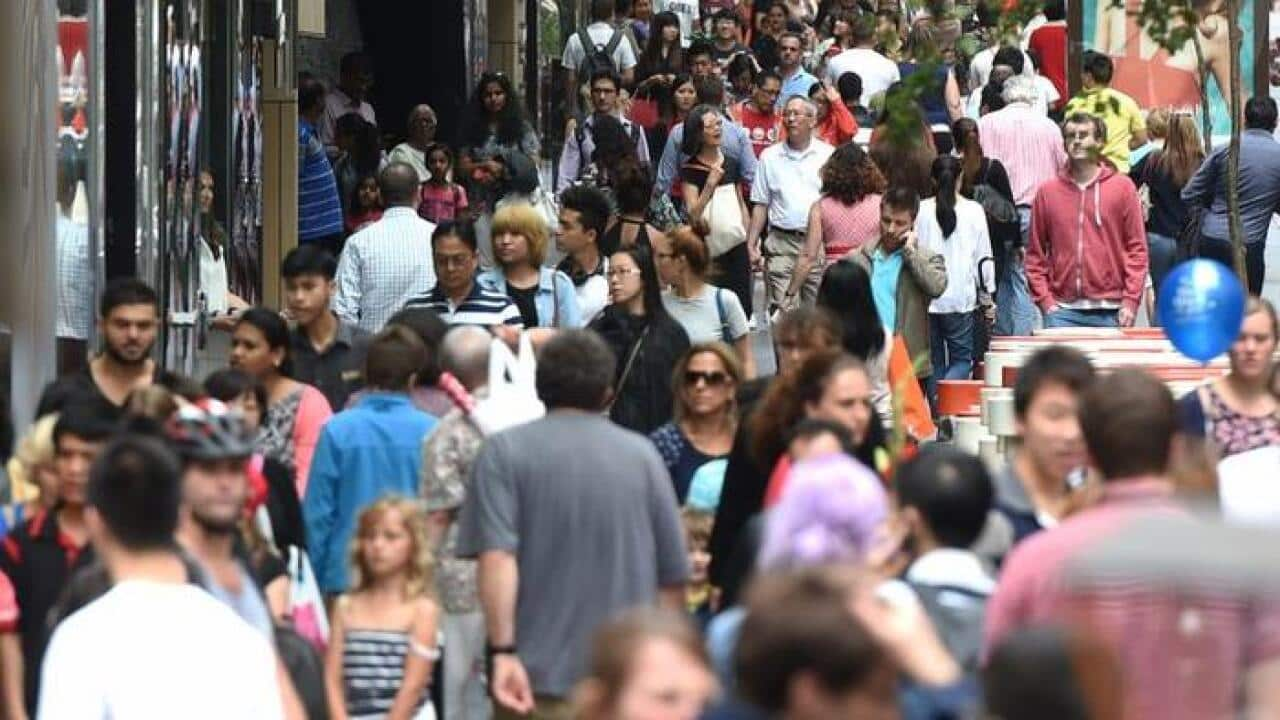The federal government’s recently released Smart Cities Plan is built on three pillars: smart investment, smart policy and smart technology. Yet, it also suggests that:
Cities are first and foremost for people.
and:
If our cities are to continue to meet their residents’ needs, it is essential for people to engage and participate in planning and policy decisions that have an impact on their lives.
Despite this quintessential policymaking statement, the plan largely uses language that conveys a limited role for people in cities: they live, work and consume. The absence of a more thorough response is surprising considering the rich body of work calling for better human engagement in the smart city agenda.
South Korea’s early “U-city” (ubiquitous city) experiments, such as New Songdo, were engineered by the national chaebol such as Samsung and SK Telecom, and their deployment was assisted by top-down policy directives. Germaine Halegoua laments a missed opportunity to use the ubiquitous computing at the core of the U-city for community engagement and participation.
Eric Jaffe critiques Rio de Janeiro’s flawed smart city brain, the Integrated Centre of Command and Control, made by IBM. He , all of which point to the forgotten focus on people. In the same city, however, there is also hope.
People-first approach
Alessandra Orofino founded Meu Rio, Rio de Janeiro’s largest mobilisation network, which is now expanding to the rest of the world. In her TED talk, she suggests:
It’s our city. Let’s fix it.
What this simple statement entails is profound: the citizen’s right to the digital city. It is a cultural shift in thinking that people have to be at the core of any smart city agenda. And urban dwellers ought to be enabled not only to actively participate in city-making, but also to lead such initiatives.
Alessandra Orofino’s TED talk: It’s our city. Let’s fix it.
There are more and more accounts reminding us that the city is more than just a space governed by investments, policies and technology. Martijn de Waal describes his notion of city as interface. Barbara Thornton considers the city as platform. And Ethan Zuckerman takes us back to when cities were appreciated for their function as serendipity engines that allow for the sagacious discovery of diversity.
Open and agile cities
What comes hand in hand with this renewed focus on people is a changing role of local governments away from roads, rates and rubbish, and towards enabler and facilitator, and towards cities being open and agile.
Open data is a pertinent example to illustrate this process. In the early days of Government 2.0, the focus was on identifying government-held datasets that could be made available in public repositories such as data.gov.au.
These days, the Open Data Institute Queensland, the Open & Agile Smart Cities network and other entities are prompting governments to go further: to support new private-public partnerships that bridge the common triad of disconnect between technology and government, government and people, and people and technology. Nationally, a leader of such partnership models is Code for Australia.
Cat Matson is on a quest as the City of Brisbane’s chief digital officer to transform it into a truly smart, connected city. From her recent visit to Singapore, she brought back key lessons for Brisbane and other local governments:
Design a city (or a solution/system) that, when you’re no longer in government, you’ll be proud of. Identify real problems, for industry, citizens or government, which could be solved with a digital solution. Use design thinking to develop solutions to those problems. Get as many stakeholders involved in that design-thinking process as possible. Be smart about the role of government and industry in executing those solutions.
Spaces for urban and civic innovation
Cities have not only to focus on people first and be open and agile, they also have to provide space – digital and physical – for people to come together and collaborate on urban and civic innovations. The most successful examples demonstrate an appreciation for a diverse range of places that form a network or a local innovation ecosystem.
Such spaces are not limited to the typical business startup incubators. In fact, they are often skunkworks that are free, open and messy, because the process of creative imagination that leads to innovation is messy.
In London, the British government’s innovation program devoted to cities, the Future Cities Catapult, has paired up with 100 Resilient Cities and Ordnance Survey’s Geovation Hub to create the Urban Innovation Centre.
In Vancouver, local universities and the City of Vancouver have partnered to create CityStudio Vancouver:
… an innovation hub inside City Hall where staff, university students and community members co-create, design and launch projects on the ground. The central mission of CityStudio is to innovate and experiment with the ways cities are co-created, while teaching students the skills needed to collaborate on real projects in Vancouver with City staff and community stakeholders. These projects improve our city and enrich our neighbourhoods, making the city more liveable, joyful and sustainable.
Vancouver involves researchers, students and community members in its smart city agenda.
Considering Australia’s staggering level of urbanisation – close to 90% of the population – it will be paramount to think carefully about how best to invest in the future of our cities. Governments and policymakers have to recognise and enable people as active agents of change towards more habitable and sustainable cities. Marcus Foth receives research funding from the Australian Research Council's Linkage Projects funding scheme and the Australian government's Low Income Energy Efficiency Program. He is a member of the Queensland Greens and was their 2015 Queensland state election candidate for Mount Isa.
Marcus Foth receives research funding from the Australian Research Council's Linkage Projects funding scheme and the Australian government's Low Income Energy Efficiency Program. He is a member of the Queensland Greens and was their 2015 Queensland state election candidate for Mount Isa.
Share

